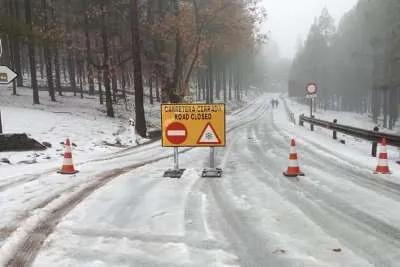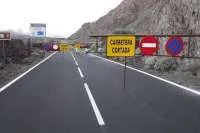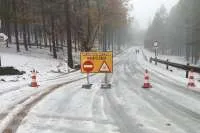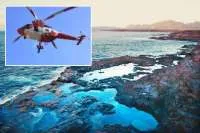The Canary Islands enters yellow alert due to volcanic risk in La Palma
- 13-09-2021
- National
- Canarian Weekly
Given the increase in seismic activity registered on the island of La Palma, the Ministry of Public Administrations, Justice and Security has activated the Scientific Committee’s ‘Special Plan for Civil Protection and Attention to Emergencies due to Volcanic Risk’ (PEVOLCA) to assess the situation of activity on the island, meaning that Fuencaliente, Los Llanos de Aridane, El Paso and Mazo go from green to yellow traffic light on the scale of volcanic risk.
PEVOLCA establishes a ‘volcanic traffic light’ as an alert system based on four colors depending on the risk of seismic activity for the population. In yellow, the information given to the population, surveillance measures, and monitoring of volcanic and seismic activity is intensified. However, the activity does not imply an increased risk for the population on the island or elsewhere in the archipelago.
The Scientific Committee has reported that since 2017 a big increase of seismic activity has been recorded in the south of La Palma, which since the summer of 2020 has increased with the occurrence of 8 seismic ‘swarms’. The last one, which began this Saturday (September 11th) has been the most intense so far, both due to the number of earthquakes (more than 400 until this morning), and because of their magnitude, some of them being felt by the population.
In addition, the Committee indicated that the depth of the earthquakes, which until now had varied between 20-30km deep, has decreased to 12km during this swarm. Regarding the geochemical monitoring of volcanic gases, they highlighted that the Helium-3 emission data recorded, confirm the magmatic nature of this process, registering the highest value observed in the last 30 years.
Due to all of the data above, the Committee recommended that the Government upgrade the volcanic traffic light from green to yellow in the Cumbre Vieja area, and it cannot be ruled out that the seismic activity felt, will intensify in the next few days, depending on its evolution.
Representatives from the National Geographic Institute (IGN) and the Higher Council for Scientific Research (CSIC), have participated in the Scientific Committee, coordinated by the General Directorate of Security and Emergencies of the Canary Islands Government; Involcan, AEMET, the Spanish Institute of Oceanography (IEO) and the University of La Laguna, as well as the Security Council of the Cabildo de La Palma, and the Insular Directorate of the Government of Spain on the island.
Other articles that may interest you...
Trending
Most Read Articles
Featured Videos
A Vision of Elvis Tenerife Promo
- 10-05-2025
TEAs 2025 Highlights
- 17-11-2025

























































